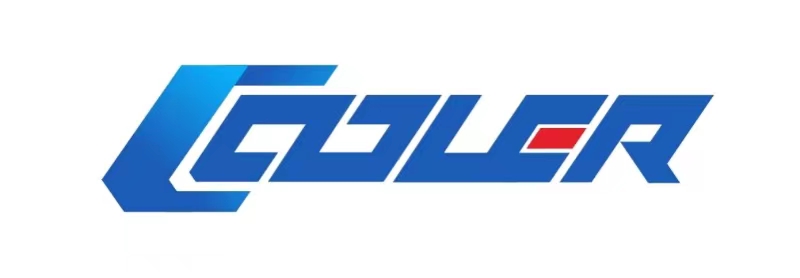Amidst the wave of technological advancements in refrigeration, the reliability, stability, and efficiency of low-temperature scroll compressors are crucial for system selection. Copeland’s ZF/ZFI series low-temperature scroll compressors are widely used in a variety of industries, including cold storage, supermarkets, and environmental testing. Environmental testing is particularly demanding. To quickly respond to temperature changes within the test chamber, the system’s intermediate pressure ratio often fluctuates significantly. When operating at a high pressure ratio, the compressor’s discharge temperature can quickly rise to very high levels. This necessitates injecting liquid refrigerant into the compressor’s intermediate pressure chamber to control the discharge temperature, ensuring it remains within the specified range and preventing compressor failure due to poor lubrication.
Copeland’s ZF06-54KQE low-temperature scroll compressors utilize a standard DTC liquid injection valve to control discharge temperature. This valve uses a temperature sensor inserted into the compressor’s top cover to sense the discharge temperature. Based on the preset discharge temperature control point, it controls the DTC liquid injection valve’s opening, adjusting the amount of liquid refrigerant injected to maintain discharge temperature control, thereby ensuring compressor reliability.
ZF low-temperature compressors with DTC liquid injection valves
Copeland’s new-generation ZFI09-30KNE and ZF35-58KNE low-temperature scroll compressors utilize intelligent electronic modules and EXV electronic expansion valves for more precise liquid injection control. Copeland engineers optimized the liquid injection control logic for environmental testing to meet diverse customer requirements. The EXV electronic expansion valves provide fast response and control compressor discharge temperatures within a safe range. Precise liquid injection minimizes system cooling losses.
Special Notes:
1. Copeland recommends the same diameter as R-404 for R-23 liquid injection capillary tubes as an initial configuration. This is based on practical application experience. The final optimized diameter and length still require testing by each manufacturer.
2. Due to significant differences in system design between different customers, the above recommendations are for reference only. If a 1.07mm diameter capillary tube is not available, a 1.1-1.2mm diameter may be considered for conversion.
3. An appropriate filter is required before the capillary tube to prevent clogging by impurities.
4. For Copeland’s new generation ZF35-54KNE and ZFI96-180KQE series compressors, which have built-in discharge temperature sensors and integrated Copeland’s new generation intelligent modules, capillary liquid injection is not recommended. Copeland recommends using an electronic expansion valve for liquid injection. Customers can purchase Copeland’s dedicated liquid injection accessory kit.
Post time: Aug-01-2025




